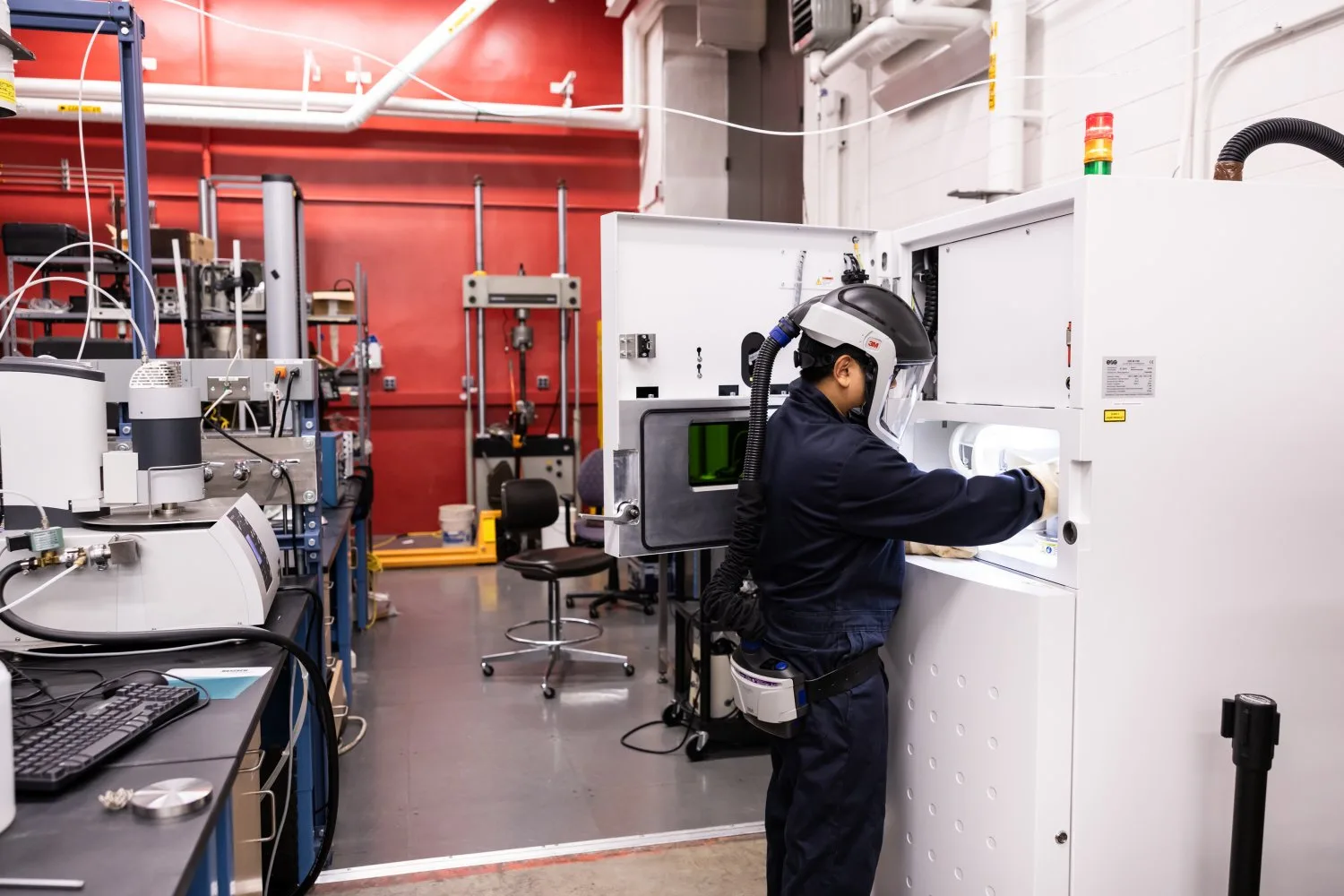The U.S. Defense Advanced Research Projects Agency (DARPA) has recently awarded a groundbreaking project uniting researchers from the Massachusetts Institute of Technology (MIT), Carnegie Mellon University (CMU), and Lehigh University (Lehigh) under the Multiobjective Engineering and Testing of Alloy Structures (METALS) program. This collaborative effort seeks to develop innovative design tools for optimizing both shape and compositional gradients in multi-material structures, specifically targeting the intricate bladed disk (blisk) geometries prevalent in turbomachinery, including jet and rocket engines.
“This initiative could lead to significant advancements in aerospace technologies,” states Zachary Cordero, the Esther and Harold E. Edgerton Associate Professor in MIT’s Department of Aeronautics and Astronautics (AeroAstro) and the project’s lead investigator. “By combining classical mechanics with state-of-the-art generative AI design methods, we are poised to unlock the potential of compositionally graded alloys, enabling safe performance in extreme conditions previously deemed inaccessible.”
Blisk components demonstrate varying thermomechanical needs across different locations. These include attributes like creep resistance, low cycle fatigue tolerance, and high strength. Additionally, large-scale production necessitates a careful balance of cost and sustainability, particularly concerning the sourcing and recycling of alloys used in manufacturing.
“Existing manufacturing protocols require us to identify a single optimal material and composition for each part,” Cordero explains. “Often, the desired properties conflict with one another, leading to inefficient design choices.”
While a uniform material may prove ideal for one area of a component, it may compromise other regions or mandate the inclusion of critical materials throughout the entire part—even when they are not necessary for every location. However, with the rapid evolution of additive manufacturing techniques, which enable voxel-based composition and property control, the team sees exceptional opportunities for performance breakthroughs in structural components.
Cordero’s team includes several renowned collaborators, such as Zoltan Spakovszky, the T. Wilson (1953) Professor in Aeronautics at AeroAstro; A. John Hart, the Class of 1922 Professor and head of the Mechanical Engineering Department; Faez Ahmed, ABS Career Development Assistant Professor of Mechanical Engineering at MIT; S. Mohadeseh Taheri-Mousavi, assistant professor of materials science and engineering at CMU; and Natasha Vermaak, associate professor of mechanical engineering and mechanics at Lehigh.
The collective expertise of the team encompasses various domains, including hybrid integrated computational material engineering, machine-learning advancements in material and process design, precision instrumentation, metrology, topology optimization, deep generative modeling, additive manufacturing, materials characterization, thermostructural analysis, and turbomachinery.
“Collaborating with graduate students and postdoctoral researchers on the METALS project has been incredibly rewarding,” Hart adds. “From pioneering computational methods to constructing test rigs capable of extreme operations, this venture provides a unique opportunity to create the propulsion systems of tomorrow using cutting-edge digital design and manufacturing technologies.”
This research is funded by DARPA under contract HR00112420303. The views, opinions, and findings expressed are those of the authors and do not reflect the official perspectives or policies of the Department of Defense or the U.S. government. No official endorsement should be inferred.
Photo credit & article inspired by: Massachusetts Institute of Technology



